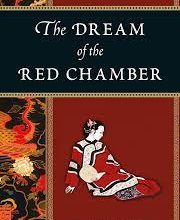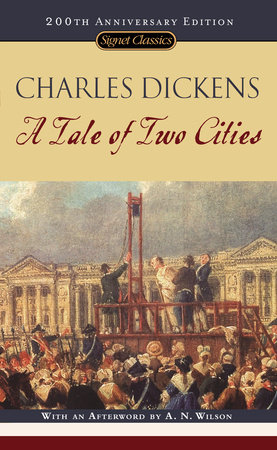The Hobbit: An Epic Adventure of Courage, Growth, and the Power of Imagination
“The Hobbit” by J.R.R. Tolkien is a timeless classic that takes readers on a thrilling journey through the fantastical world of Middle-earth. First published in 1937, this enchanting novel serves as a prelude to Tolkien’s epic “The Lord of the Rings” and follows the adventures of the hobbit Bilbo Baggins. In this essay, we provide a summary of “The Hobbit,” exploring its key plot points, memorable characters, and enduring themes.
“The Hobbit” begins in the peaceful land of the Shire, where Bilbo Baggins, a contented hobbit who enjoys a quiet life, is unexpectedly swept into a grand adventure. Gandalf the wizard, along with a group of thirteen dwarves led by Thorin Oakenshield, recruits Bilbo as their “burglar” to assist in their quest to reclaim their homeland, Erebor, from the fearsome dragon Smaug.
Together, the unlikely band embarks on a perilous journey through treacherous lands, encountering trolls, goblins, elves, and other fantastical creatures along the way. Bilbo discovers within himself a courage and resourcefulness he never knew he possessed, slowly transforming from a hesitant hobbit into a hero.
As the company reaches the Misty Mountains, they become trapped in a goblin cave. Bilbo, with the help of a mysterious ring he stumbled upon earlier, escapes and encounters Gollum, a twisted creature possessed by the Ring’s power. Bilbo engages in a riddle contest with Gollum, ultimately winning the game and escaping with his life.
The adventurers continue their quest, facing additional challenges such as giant spiders in the dark forest of Mirkwood and the imprisonment of Thorin and his companions in the Elvenking’s halls. Bilbo’s wit and bravery play a pivotal role in their eventual escape.
Finally, the company reaches the Lonely Mountain, where Smaug resides. Bilbo, using his newfound courage and the assistance of a thrush, discovers a weakness in the dragon’s armor and shares this knowledge with the dwarves. They launch a daring attack on Smaug, eventually slaying the dragon and reclaiming Erebor.
However, their triumph is short-lived as the news of the dragon’s defeat attracts the attention of various factions eager to claim the wealth of Erebor for themselves. A battle ensues, known as the Battle of the Five Armies, where Bilbo and his companions fight alongside elves, men, and dwarves to defend their newly reclaimed homeland.
In the aftermath of the battle, Bilbo returns to the Shire with newfound wisdom and a deeper appreciation for the world beyond his comfortable hobbit-hole. The novel concludes with Bilbo’s return home, where he discovers that life can be just as rewarding, albeit in a different way, after embarking on extraordinary adventures.
“The Hobbit” explores themes of courage, growth, and the power of imagination. Bilbo’s transformation from a timid hobbit into a brave adventurer showcases the potential for personal growth and self-discovery. The novel also highlights the importance of friendship and loyalty, as Bilbo’s bond with the dwarves and his encounters with characters such as the wise and enigmatic Gandalf shape his journey.
“The Hobbit” by J.R.R. Tolkien is a captivating tale that transports readers to a world of wonder, danger, and self-discovery. Through its vivid descriptions, memorable characters, and thrilling adventures, the novel captures the essence of Tolkien’s richly imagined Middle-earth. “The Hobbit” serves as an enduring testament to the power of imagination, the resilience of the human spirit, and


